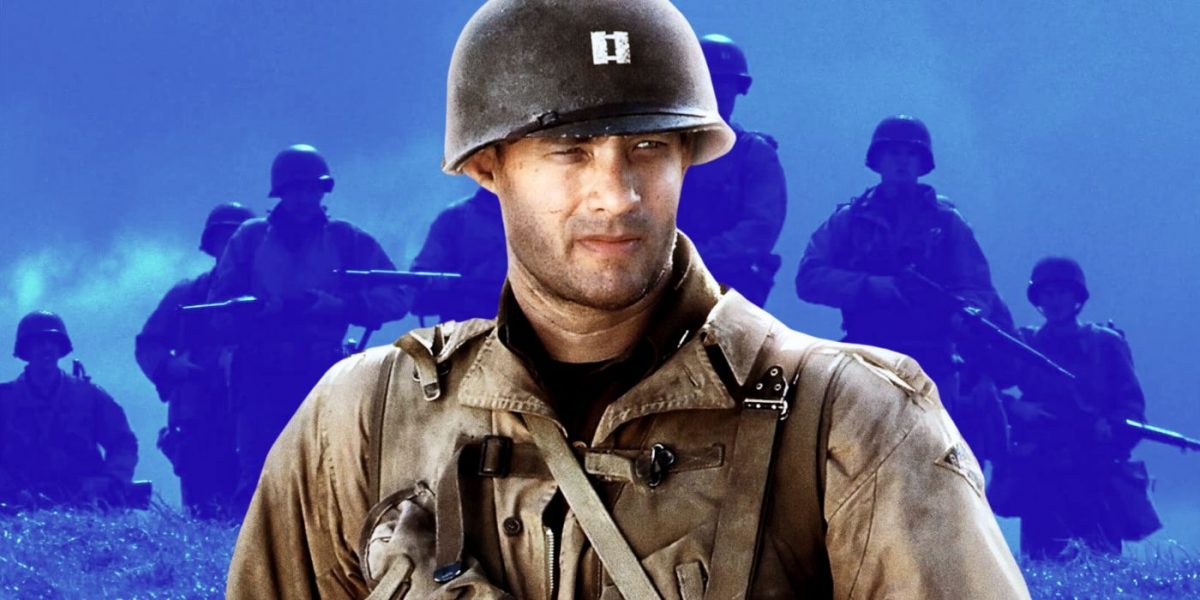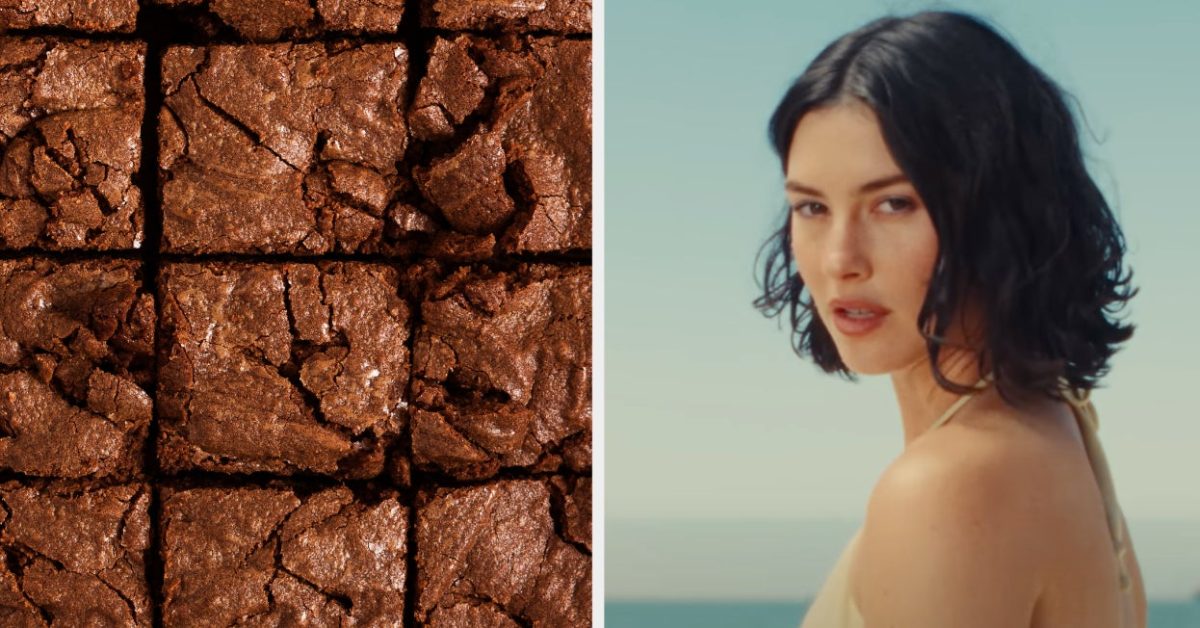
Where Was ‘Saving Private Ryan’ Filmed?
Apr 26, 2023
Saving Private Ryan is the most recognizable film ever made about the Normandy landings, and arguably the most acclaimed as well. Despite worries that its violent content and three-hour runtime would damage its box office potential, the film proved to be a hit with critics and general audiences alike. Never before had World War II been portrayed with such brutal realism, allowing for a more thought-provoking depiction of a conflict that vehemently opposed the “good vs evil” stereotypes that Hollywood had the tendency to bombard it with. Its success carried Steven Spielberg to his second Academy Award for Best Directing, and it has since been praised as one of his finest achievements (helped by virtually every war film released since taking influence from it). Considering how much the film has been lauded for its historical accuracy, it might be surprising to learn that very little of it was shot in France, with the bulk of production instead taking place in England and Ireland. In theory, that sounds completely at odds with Spielberg’s goal, but given that the film is now regarded as one of the most culturally significant films of its era, clearly, it didn’t matter in the long run.
RELATED: ‘Saving Private Ryan’ Cast & Character Guide
Where Was the Opening Scene of ‘Saving Private Ryan’ Filmed?
Image via DreamWorks Distribution
Easily the film’s most famous scene – and one of the most famous scenes in cinema, period – is its recreation of the D-Day landings. Visceral, immersive, and unbelievably terrifying, it remains one of the most technically impressive sequences in the history of cinema, so much so that it overshadows everything that comes after. Due to Spielberg’s insistence on filming Saving Private Ryan in chronological order, the Omaha Beach battle was the first set piece to be shot (talk about throwing your cast and crew into the deep end). Since filming on location was out of the question – the five designated beaches used for D-Day have since become protected landmarks, and that’s not mentioning the moral implications of replicating such a horrific event on the site where it actually happened – the production crew began scouring the British Isles for a replacement. After coming up empty in England and Scotland, the team landed upon Curracloe Beach in Co. Wexford, Ireland – the perfect substitute with which to immortalize this seismic event.
How Did Stephen Spielberg Turn an Irish Beach Into Normandy?
Image Via Paramount/Dreamworks
With that being said, transforming a one-kilometer stretch of the picturesque Irish coastline into the site of absolute devastation would be no easy task. It took eleven weeks and $12 million to prep Curracloe for filming – much of which was spent on constructing service roads just to transport materials to and from set – but whatever hardships they faced were irrelevant compared to those they were seeking to honor. Bunkers, battlements, the infamous x-shaped metallic structures known as Czech hedgehog that became one of D-Day’s most enduring images – all vital elements that had to be constructed from scratch (many of them by local businesses) and then placed with utmost precision. Before long, this once serene beach was unrecognizable, ready for three weeks of intense filming.
There’s a good chance that the following month was the most strenuous experience everyone involved had faced on a movie set – least of all for the man running the show (ask anyone else to coordinate one thousand actors for over fifty shots per day, all without any storyboarding, and you’ll get a swift resignation letter on your desk), but the results speak for themselves. After filming concluded, the team set about restoring Curracloe to its former glory. From removing every service road to reseeding every blade of grass, there’s no doubt it would have been an arduous job, but within a month, any trace that they’d ever been there was gone. Curracloe has since become a major tourism spot, with this stunning restoration allowing it to be used for subsequent productions as well (such as 2015’s Brooklyn).
The Majority of ‘Saving Private Ryan’s Remaining Scenes Were Filmed in Southern England
The bulk of Saving Private Ryan’s remaining scenes were shot four hundred miles east in the beautiful English countryside. A sizeable chunk of this took place at Thame Park, a country house in Oxfordshire that boasts over 450 enclosed acres of idyllic landscapes (making it one of the largest enclosed parks in Britain). While the estate has been a private residency since 2002, it spent the 1990s as a prime shooting location for film and television, with notable examples including The Madness of King George and the 1993 miniseries Lady Chatterley. Saving Private Ryan is the most famous example, with a substantial number of its exterior sequences (like the storming of the machine nest or the scenes of the group marching through the French countryside) being filmed there. It was also here when the pivotal exchange between Miller (Tom Hanks) and Horvath (Tom Sizemore) inside a church was shot, using a chapel located on the estate’s grounds. Thame Park even had its own connection to the War: it served as a training site for wireless operators set for deployment into enemy territory during WWII.
But Thame Park was not the only location in England that Saving Private Ryan employed. For the scene where Ryan’s mother is informed that three of her four sons have been killed in action – incidentally, the only exterior scene that takes place outside of France – the rural farmlands of Wiltshire were used as a stand-in for Iowa, utilizing a custom-built farmhouse that was removed shortly after filming. Production spent a long time in the neighboring county of Hertfordshire as well, as it was here where the climatic battle in the fictional French village of Ramelle was realized. After deciding against using an existing locale due to logistical and technical hurdles, the team constructed their own at a former British Aerospace factory. The resulting set was an incredible feat of engineering, flawlessly reproducing a war-torn village down to the smallest detail across its three-block length (it even came equipped with a working river). No wonder Spielberg reused it when it came time to make Band of Brothers (of which he served as executive producer).
‘Saving Private Ryan’s Closing Scene Was Shot in a Real World War II Memorial
With filming wrapped on Saving Private Ryan’s core narrative, all that remained was the prologue and epilogue featuring an elderly Ryan as he visits Miller’s grave. Fittingly, these were the only sections shot in France, with production taking place at the real Normandy American Cemetery and Memorial, located just a short distance from Omaha Beach. The sacrifices of 9,388 American soldiers – most of whom died during the Normandy landings – are honored at the memorial, alongside an additional 1,557 military personnel who were declared missing in action. Gazing upon its pristinely kept graves, each adorned with a distinctive pale cross, is one of the most powerful sights anyone can experience – no wonder it is the American Battle Monuments Commission’s most visited cemetery. Curiously enough, the cemetery also holds a greater connection to Saving Private Ryan as it is here where two of the Niland brothers – whose deaths served as the inspiration for the film’s premise – are buried. Undoubtedly, this factored into Spielberg’s decision to film here, and one wonders if the inclusion of these scenes was his way of paying tribute to those who should never have been subjected to such horror in the first place.
It’s easy to forget what a noble film Saving Private Ryan is. While much of the discourse that surrounds it focuses on the graphic nature of its battle scenes and the lasting impact they had on the genre, it’s important to remember why Steven Spielberg made Saving Private Ryan the way that he did. As with Schindler’s List, the film is a historical document intended to preserve the memory of this awful war even after those who lived through it have passed away, with the intention of reminding future generations of the horror of war.
Authenticity is at the heart of Saving Private Ryan, but it’s important to remember that blindly adhering to realism does not guarantee such an outcome. Occasionally, adjustments have to be made to aid immersion, and the decision to film outside of France is one such example. By picking locations that more accurately reflect those of 1940s France, Spielberg was able to craft a more truthful and controlled experience that reinforces the film’s central message. Not many directors could take a potential flaw and turn it into one of its greatest strengths, but if anyone could, it would be Spielberg.
Publisher: Source link
Scarlett Johansson Reacts To Colin Jost’s Dirty SNL Joke
Reacting to the video, several SNL fans thanked Scarlett for being a “great sport” as they commented on how "brutal" the jokes were.“having ScarJo there just made it 100x better,” one comment read. “Super cool of Scarlett to be such…
Dec 30, 2024
Shohei Ohtani and Wife Mamiko Tanaka Expecting First Baby
He noted that his wife is a "normal Japanese woman" who he has known for three or four years and added that he proposed to her in 2023, the outlet said. In March, a photo of Ohtani and his wife…
Dec 30, 2024
Eat Some Food And I’ll Recommend You A Gracie Abrams Song To Listen To
"That’s So True!"View Entire Post › Disclaimer: This story is auto-aggregated by a computer program and has not been created or edited by filmibee.Publisher: Source link
Dec 29, 2024
Emma Roberts Shares Rare Photos of Lookalike Son on His 4th Birthday
Emma Roberts is celebrating another year around the sun for her baby boy. The American Horror Story: Delicate actress marked her and Garrett Hedlund’s son Rhodes 4th birthday with a series of sweet pictures. Showcasing just how much little Rhodes…
Dec 29, 2024











